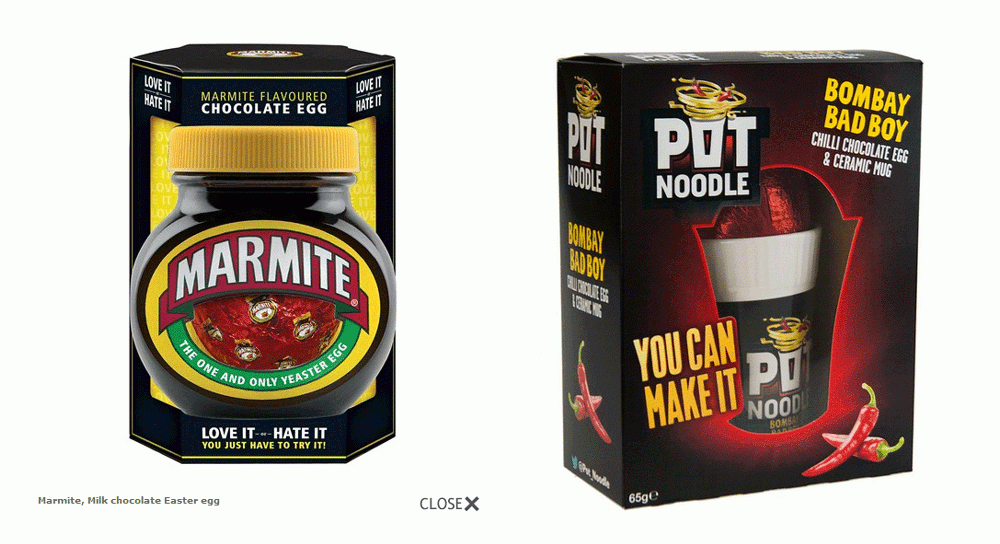Magnetic Putty Magic (Extended Cut) | Shanks FX | PBS Digital Studios from Joey Shanks on Vimeo.
I have got to get some of this stuff. What a cool toy. And if that’s not enough, let’s visit some more wonderfully psychedelic ferrofluid art:
I recommend watching that full screen.
The combination of microscopes and magnetic ferrofluid produces results that indistinguishable from magic—and stunning CGI—in this new short from chemist-turned macro photographer Linden Gledhill and Concept Zero founder Nikola Ilic. The only added ingredient Ferrofluid Magnified needs is a big bowl of something psychoactive, and you’re off to never neverland.
Gledhill is known for his stunning, pearlescent images of objects that are unexpectedly beautiful under a microscope, such as DNA and butterfly wings. He mixed ferrofluids, which are full of nanoscopic magnets, with solvents, gels, paints, flowers, and LED lighting for added trippiness. Prints on canvas from the film, which will fund the duo’s next collaboration, are available here.
You can see and read more about magnetic putty here, and about the ferrofluid art here.





















